●○🏡housekeeping
philosophy
living room
laundry
shower room
toilet+washbasin
misc. resources

SiteOrigin bgrounds
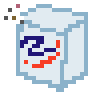
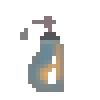
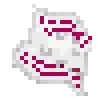
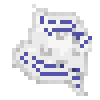

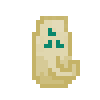
The thing about shower stalls is that there's almost always some kind of moisture in the air, and so, after adding in body grime and all sorts of organic stuff picked up from the outside, sludge can grow very quickly and make the air, the floor and the walls smell and feel slimy.
Some places with prefabricated baths take care of this by having everything in plastic and fitting air vents into the ceiling, but for more traditional constructed-into-the-room kinds of bathrooms, cleaning is important and will make for a lovely place to wash.
If you have drainholes in your desired washing area and have a spray showerhead, toss a dash of laundry detergent onto the floor you're working with, and use the spray function on your showerhead to jet at the floor. After the soapy water has spread all around the floor you want to clean, use the spray to chase your soapy water down the drainholes.
Dry with a dry cloth if desired.
Otherwise, follow the mopping instructions on the living room page to clean your bathroom floor. With a water source nearby, you can add soap powder directly to your washcloth, and rinse it directly at the water point as well.
In addition to that, feel free to sit on the floor (or a short step/stool) while you mop, or go on all fours to stabilise yourself on the slippery soaped floor.
With either of these methods, you can easily leave a small container of laundry powder in the shower area (sealed! to keep it dry) and get this done during a long, easy shower (whether on a free day, or if you want to do some contemplation).
! Clean the other surfaces (walls, fittings and ledges):
Sometimes the walls have grouting that can hold onto grime. This can do with a quick refresh with some diluted antiseptic solution (especially if someone in the household hasn't been feeling well, or if an infection has been cycling back to you). Again, there are two ways you can do this:
One: If your antiseptic comes in a spray bottle: Squirt slightly above the area to be cleaned, then use your showerhead to rinse it down the wall. If you need to, dry the walls using a dry cloth (since the two types of grime on the wall and floor are different, designate a separate cloth for this purpose).
Two: If you don't have a showerhead attachment, use the floor-mopping technique mentioned above, but with a different towel and with antiseptic solution instead of laundry washing powder. Use this to clean your walls or tabletops.
Repeat for showerstall fittings (or any other hanging cups or shelves you might've put up). Remember to clean off the ledges where soap and dust may have settled!
This is the place where having hooks and clothespins to hold onto things like sponges and cloths will come in handy. You might find it useful to dry the cloths you clean the stall with! If you hang up a piece of cloth next to your showerhead (if you have one), and above, the cloth is easily in reach, but will keep out of water's way.